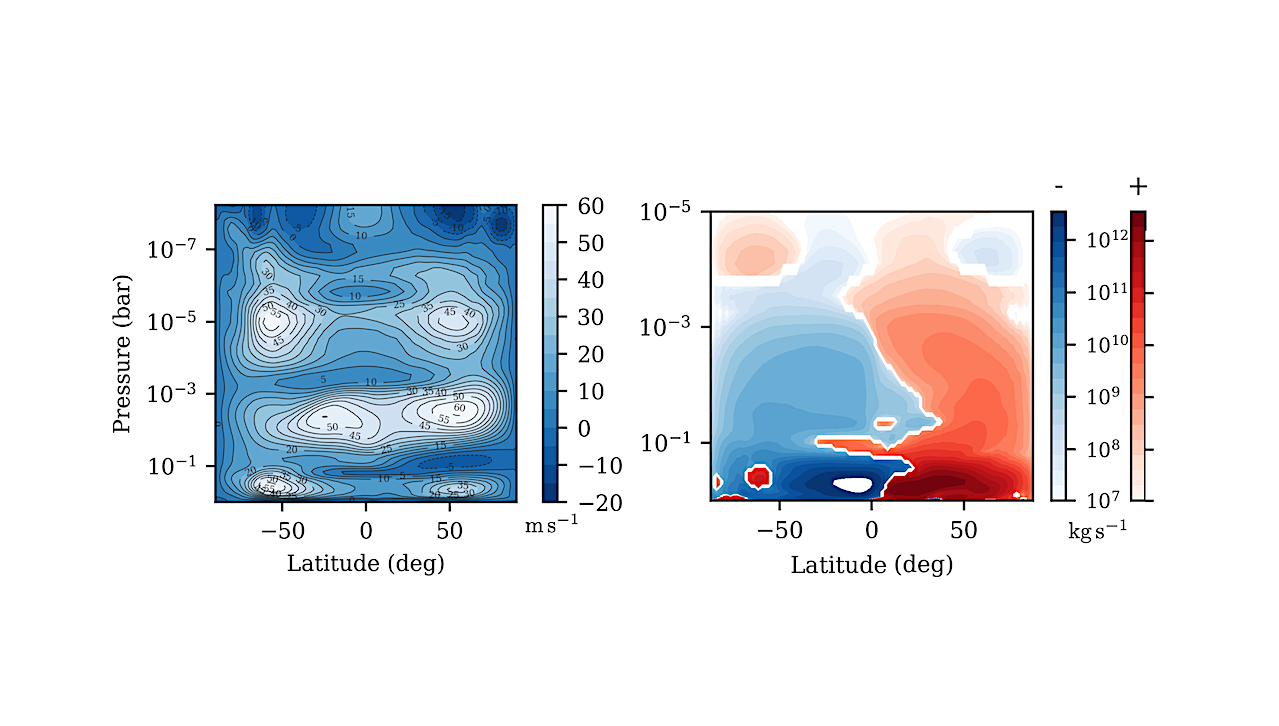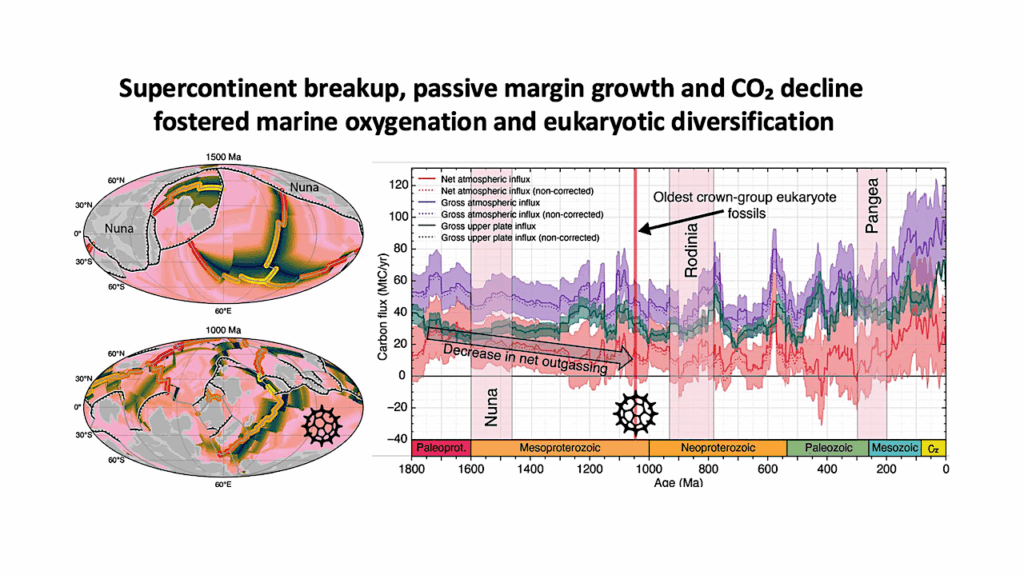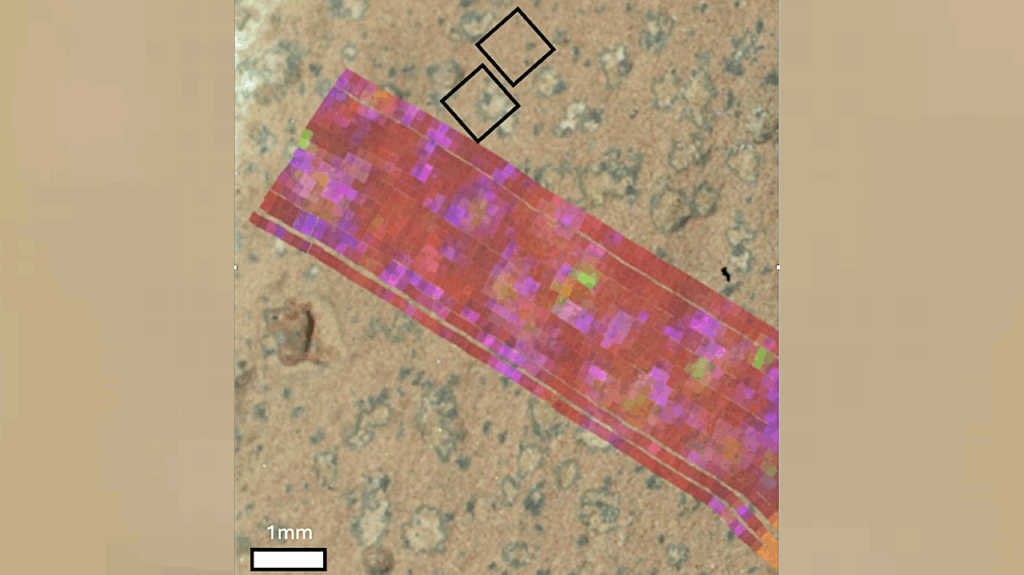The Response of Planetary Atmospheres to the Impact of Icy Comets I: Tidally-Locked exo-Earths

Impacts by rocky and icy bodies are thought to have played a key role in shaping the composition of solar system objects, including the Earth’s habitability. Hence, it is likely that they play a similar role in exoplanetary systems.
We investigate how an icy cometary impact affects the atmospheric chemistry, climate, and composition of an Earth-like, tidally-locked, terrestrial exoplanet, a prime target in the search for a habitable exoplanet beyond our solar system. We couple a cometary impact model which includes thermal ablation and pressure driven breakup with the 3D Earth System Model WACCM6/CESM2, and use this model to investigate the effects of the water and thermal energy delivery associated with an R=2.5 km pure water ice cometary impact on an Earth-like atmosphere.
We find that water is the primary driver of longer timescale changes to the atmospheric chemistry and composition by acting as a source of opacity, cloud ice, and atmospheric hydrogen/oxygen. The water opacity drives heating at ∼5×10−4 bar, and cooling below, due to a decreased flux reaching the surface. The increase in atmospheric hydrogen and oxygen also drives an increase in the abundance of hydrogen/oxygen rich molecules, with the exception of ozone, whose column density decreases by ∼10%.
These atmospheric changes are potentially observable for ∼ 1-2 years post-impact, particularly those associated with cloud ice scattering. They also persist, albeit at a much reduced level, to our quasi-steady-state, suggesting that sustained bombardment or multiple large impacts have the potential to shape the composition and habitability of terrestrial exoplanets.
Felix Sainsbury-Martinez, Catherine Walsh, Greg Cooke
Comments: Accepted for Publication in ApJ
Subjects: Earth and Planetary Astrophysics (astro-ph.EP)
Cite as: arXiv:2409.11151 [astro-ph.EP] (or arXiv:2409.11151v2 [astro-ph.EP] for this version)
https://doi.org/10.48550/arXiv.2409.11151
Focus to learn more
Submission history
From: Felix Sainsbury-Martinez
[v1] Tue, 17 Sep 2024 13:03:42 UTC (8,275 KB)
[v2] Mon, 25 Nov 2024 09:06:58 UTC (8,971 KB)
https://arxiv.org/abs/2409.11151
Astrobiology,








